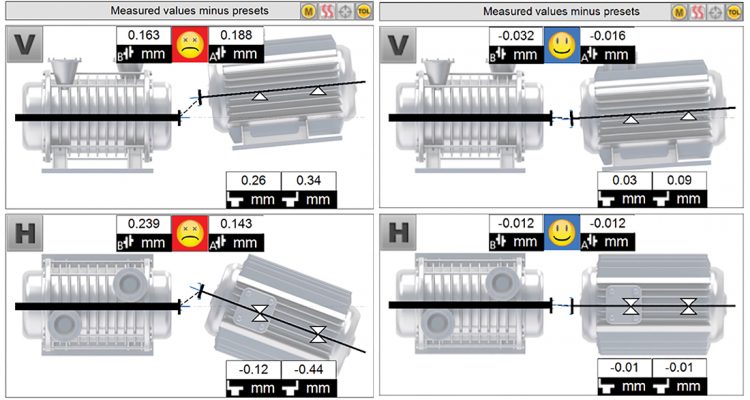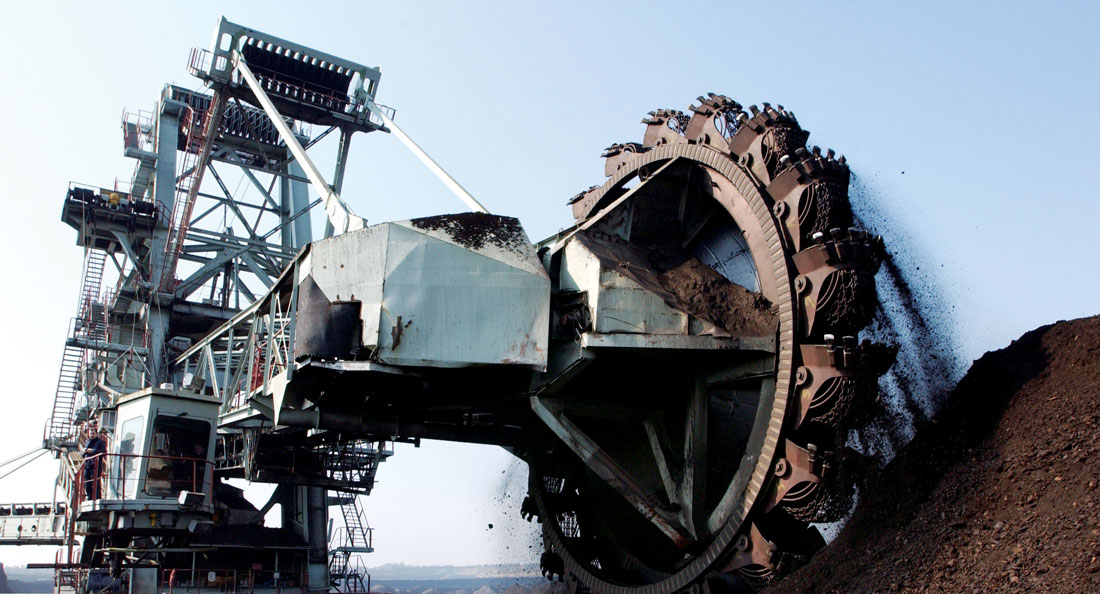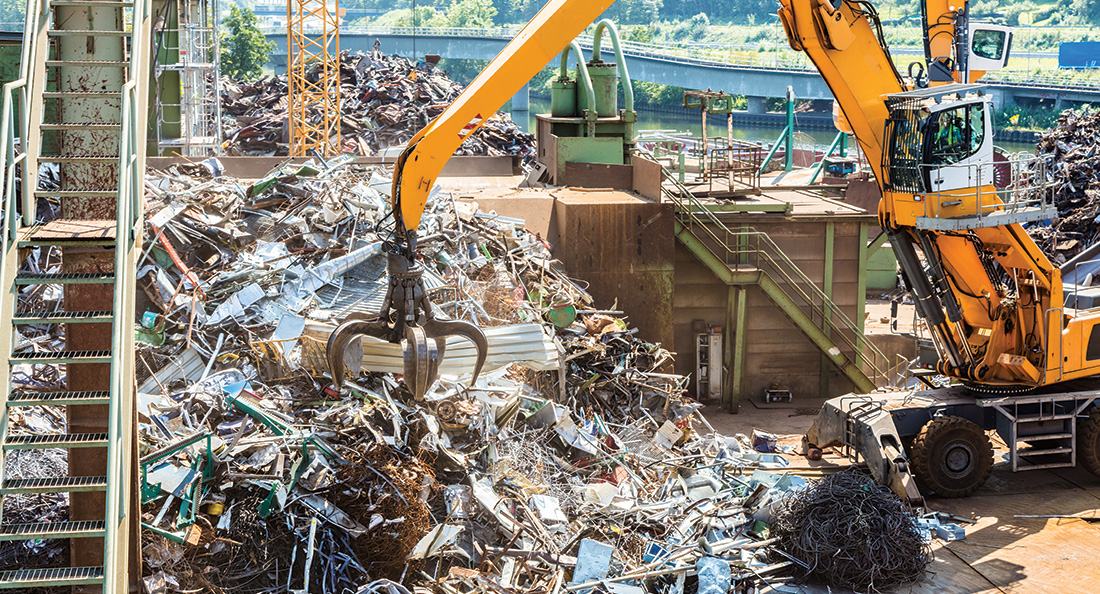Reliability Engineer Daniel McEvoy has been working at Motion’s Specialised Engineering Services division for ten years. His role includes a number of responsibilities to ensure that machinery operates optimally. One of his main duties is equipment shaft alignment, machine alignment is an essential component of a viable maintenance strategy for rotating equipment. It helps reduce unexpected machine failure and ensures that equipment operates effectively and efficiently without causing any issues. He discussed his work on blower shaft alignment in particular, which has featured in many of his projects.
Blowers are critical equipment in plants and can run full-time. Daniel explains, “Our job is to check the alignment of the equipment and ensure it is within acceptable tolerance for operation. Tolerances required can either be specified by the OEM, customer or from a standard or tolerance table. We’ll work to the specified tolerances and perform alignments to achieve the best result. We do this to avoid stressing the shafts, couplings, bearings, and seals.” He discusses proper alignment of blower shafts is crucial, as misalignment can cause premature bearing failure, high temperatures, excessive vibration, contamination and could possibly even lead to high power consumption.
Daniel recalled a job at a water treatment plant in Brisbane, where excess vibration was reported after a motor replacement. Motion engineers were called in to investigate and ensure the alignment of the motor and blower were correct.
Daniel emphasised the importance of this task, stating, “This specific plant was running 24/7, so the equipment could operate as reliably as possible to avoid unwanted or premature failures in the middle of the night.” In this case as with other comparable realignment jobs, Daniel mentioned that aligning the motor to the blower and carrying out all the essential checks takes about four hours. As per Daniel, “It’s not a lengthy process compared to the benefits of performing it The result of such jobs is that it should extend the life of those pieces of equipment or at the very least help them operate to the expected design life.”
The Motion team also uses vibration analysis to check the condition of machinery and to detect any potential issues before they become major problems. In conjunction with this they use Infrared Thermography to help identify hot spots in equipment which can be caused by friction or internal stresses. Thermography can also be helpful diagnosing defects such as misalignment that may not be visible otherwise.
In this case of this job, after successful machine alignment had been carried out, this ensured the plant could run to its full capacity. In the long run, Daniel commented the cost savings would have been substantial for something that was resolved over the course of a day.
Overall, Daniel and his team are committed to ensuring their customers have dependable and reliable equipment that operates smoothly and efficiently. Accurate machine alignment is a critical element in achieving this, and it can have a substantial impact on the equipment’s longevity. Misalignment is a major root cause of machine breakdowns and can account for a large amount of premature machine and component failures. Furthermore, he has expertise in offering technical guidance to customers, demonstrating how Motion provides an end-to-end, comprehensive service. Motion boasts a dedicated team of more than 250 engineers who perform a range of effective machine work, operating throughout Australia.




